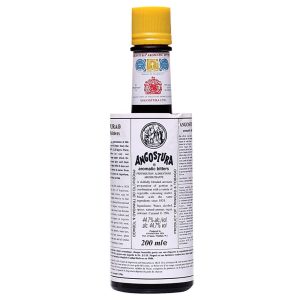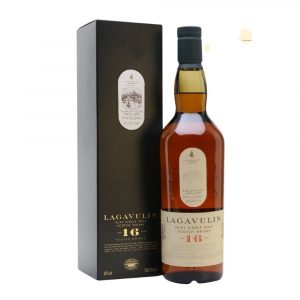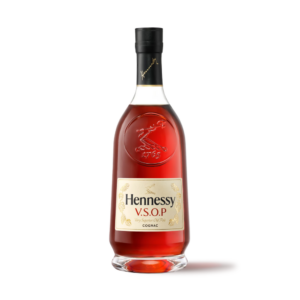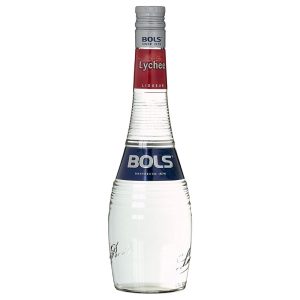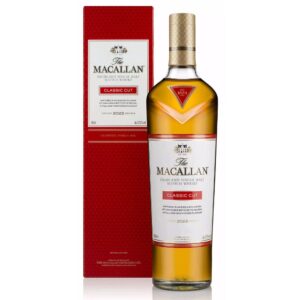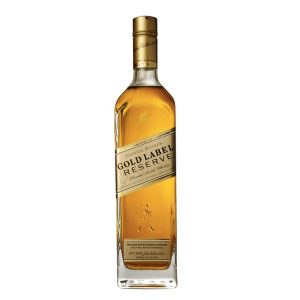Southeast Asia is a vibrant region known for its rich culture, diverse culinary traditions, and unique beverages. Among its many offerings, alcoholic drinks hold a special place in its cultural fabric. From ancient brews crafted for rituals to modern cocktails served in cosmopolitan bars, the evolution of alcoholic beverages in Southeast Asia reflects the region’s dynamic history and cultural exchange.
Ancient Brews and Traditional Practices
The Origins of Southeast Asian Alcohol
The history of alcoholic drinks in Southeast Asia dates back thousands of years. Archaeological findings suggest that early civilizations in the region were brewing beverages like rice wine as far back as 2000 BCE. These early brews were often used in religious ceremonies and rituals, symbolizing prosperity and connection to the divine. Early fermentation methods relied on natural ingredients like rice, fruits, and palm sap, showcasing the ingenuity of local communities.
Popular Traditional Drinks
Many Southeast Asian countries have preserved their traditional alcoholic drinks, which vary widely in flavor and preparation techniques. Some of the most iconic include:
- Tuak (Indonesia and Malaysia): A fermented rice or palm sap wine, often served during festivals and communal gatherings. It is particularly popular among indigenous groups, where it represents unity and hospitality.
- Lao-Lao (Laos): A potent rice whiskey that represents Laos’ rural charm. Often distilled in small villages, it is a symbol of local craftsmanship.
- Sombai (Cambodia): An infused rice wine made with fruits and spices. It is a modern interpretation of traditional rice wine, often enjoyed by tourists.
- Tapuy (Philippines): A sweet rice wine traditionally brewed by indigenous communities in the Cordillera region. Tapuy is often consumed during weddings and harvest festivals.
These drinks not only serve as beverages but also as cultural artifacts, telling the stories of their origins and the communities that created them.
The Influence of Colonization on Alcoholic Beverages
Colonial powers played a significant role in shaping the alcoholic beverage landscape of Southeast Asia. The British, Dutch, French, and Spanish introduced new alcoholic drinks and brewing techniques to the region. These included beer, gin, brandy, and rum, which began to shape local drinking preferences.
The Rise of Beer
Beer became one of the most prominent colonial legacies in Southeast Asia. Breweries were established during colonial times, some of which have grown into iconic brands. For instance:
- Tiger Beer (Singapore): Founded in 1932, Tiger Beer has become a globally recognized brand, representing Singapore’s brewing heritage.
- San Miguel (Philippines): Established in 1890, it is one of the oldest and largest breweries in Southeast Asia, producing a variety of beers enjoyed across the region.
These colonial-era breweries not only introduced new tastes but also laid the groundwork for a thriving beer culture that continues to evolve today.
Cultural Significance of Alcohol in Southeast Asia
Alcoholic drinks often play a significant role in social and cultural events in Southeast Asia. They are integral to celebrations, rituals, and even daily life in some communities.
Festivals and Celebrations
Alcohol is central to many regional festivals. For example:
- Songkran (Thailand): The Thai New Year celebration is known for its vibrant water fights and social gatherings where beer and local spirits are often enjoyed.
- Tet (Vietnam): During the Vietnamese Lunar New Year, traditional rice wine is shared among family and friends as a symbol of good fortune.
Rituals and Offerings
In many cultures, alcohol serves as an offering to deities or ancestors. For instance, rice wine is often poured onto altars during ceremonies to seek blessings or show gratitude.
Social Cohesion
In rural communities, sharing locally brewed drinks like tuak or lao-lao fosters social bonds. Drinking together is seen as a way to strengthen relationships and celebrate communal achievements.
Despite its cultural importance, alcohol consumption in some Southeast Asian countries remains intertwined with religious and societal restrictions. For instance, in predominantly Muslim countries like Indonesia and Malaysia, alcohol is regulated and sometimes viewed as taboo.
The Rise of Modern Alcoholic Beverages
Craft Beer Movement
The craft beer revolution has taken root in Southeast Asia, driven by a growing demand for unique and high-quality brews. Cities like Bangkok, Manila, and Singapore have seen a surge in microbreweries producing artisanal beers infused with local ingredients like pandan, lemongrass, and tropical fruits. Notable craft breweries include:
- Beervana (Thailand): Known for its innovative flavors and use of local ingredients.
- Brewery Gastropub (Philippines): A pioneer in the craft beer scene, offering a range of unique ales and lagers.
Fine Wines and Spirits
As Southeast Asia’s middle class grows, so does the demand for fine wines and premium spirits. Imported wines, whiskies, and gins are now readily available in high-end restaurants and bars, catering to a sophisticated clientele. This trend has also spurred the growth of local distilleries producing world-class spirits, such as Thailand’s Chalong Bay Rum and Vietnam’s Son Tinh Liquor.
Innovative Cocktails
Mixologists in Southeast Asia are embracing fusion, creating unique cocktails that blend traditional and modern flavors. Pandan-infused martinis, tamarind margaritas, and durian-flavored craft beers are just a few examples of how local ingredients are being used to redefine the drinking experience.
Alcohol and Tourism in Southeast Asia
Alcohol tourism has become a significant draw for visitors, offering unique experiences that combine culture and leisure.
Distillery Tours
Countries like Thailand and the Philippines offer tours of rum and gin distilleries, providing insights into the production process and allowing visitors to sample high-quality spirits.
Bar Culture
Southeast Asia’s vibrant cities boast world-class bars. Singapore, often regarded as the cocktail capital of the region, is home to award-winning establishments like Atlas and Manhattan Bar. These venues attract both locals and tourists with their creative cocktails and sophisticated ambiance.
Festivals
Events like Oktoberfest in Malaysia and craft beer festivals in Vietnam attract thousands of visitors annually. These festivals celebrate the region’s brewing heritage and showcase its modern innovations.
Challenges and Regulations
The rise of alcoholic drinks in Southeast Asia also brings challenges, such as:
- Regulations: Governments implement high taxes and restrictions on alcohol sales to address health concerns. In some countries, advertising alcoholic beverages is strictly controlled.
- Religious and Cultural Sensitivities: In predominantly Muslim countries, alcohol remains a sensitive subject. Businesses must navigate these restrictions while catering to diverse customer bases.
- Illicit Brews: Unregulated homebrews continue to pose health risks in rural areas. Governments are working to address this issue by promoting safer alternatives.
The Future of Alcoholic Drinks in Southeast Asia
Sustainability and Local Ingredients
The industry is moving toward sustainable practices, with an emphasis on using local ingredients. Distilleries and breweries are exploring eco-friendly methods to reduce waste and carbon footprints. For example:
- Eco-Spirits: A Singapore-based company that focuses on sustainable packaging and distribution.
- Local Sourcing: Breweries are increasingly using indigenous ingredients to create unique flavors, supporting local farmers and reducing import reliance.
Experimentation and Fusion
Southeast Asia’s mixologists and brewers are at the forefront of experimentation. They are blending traditional flavors with modern techniques to create innovative drinks. This trend is likely to continue, with more emphasis on authenticity and storytelling.
Global Recognition
As Southeast Asia’s alcohol industry grows, its brands and products are gaining international recognition. Local spirits like arak and rice whiskey are making their way onto global shelves, introducing the world to the region’s rich heritage.
Conclusion
The evolution of alcoholic drinks in Southeast Asia mirrors the region’s diverse cultures and historical influences. From ancient rice wines to contemporary craft beers, alcohol remains an integral part of Southeast Asia’s social fabric and a symbol of its adaptability and innovation. As the industry continues to grow and innovate, Southeast Asia will undoubtedly remain a fascinating destination for spirit and wine enthusiasts around the world. Its rich traditions, coupled with modern creativity, ensure that the region’s alcoholic beverages will continue to captivate both locals and visitors for generations to come.


